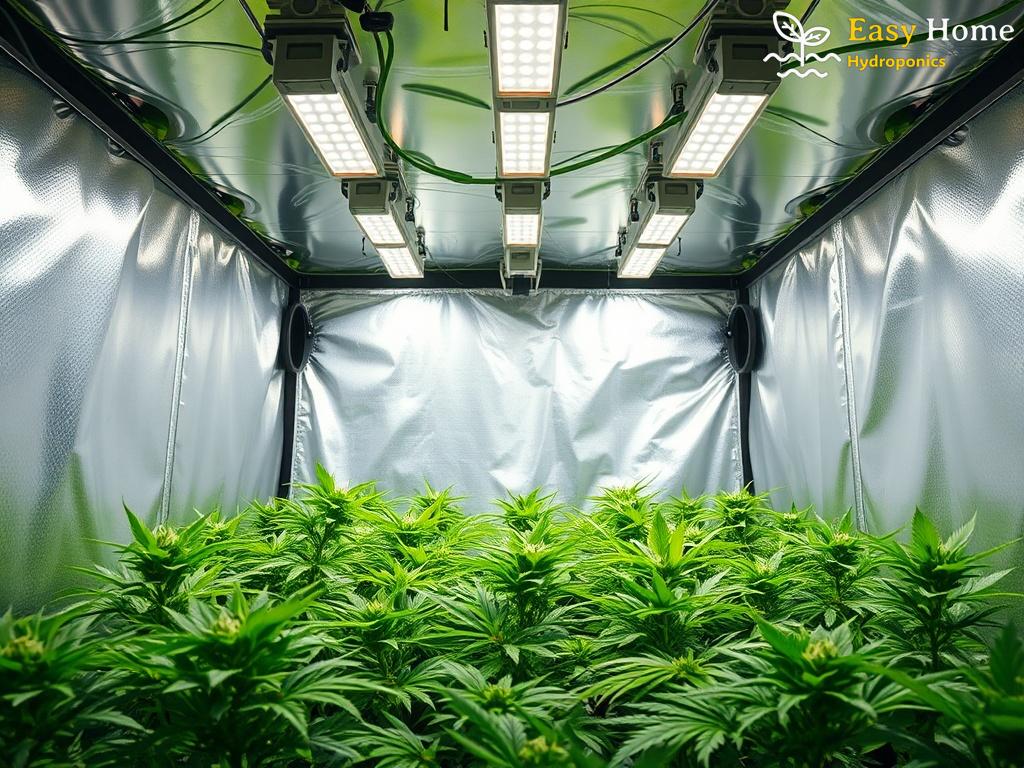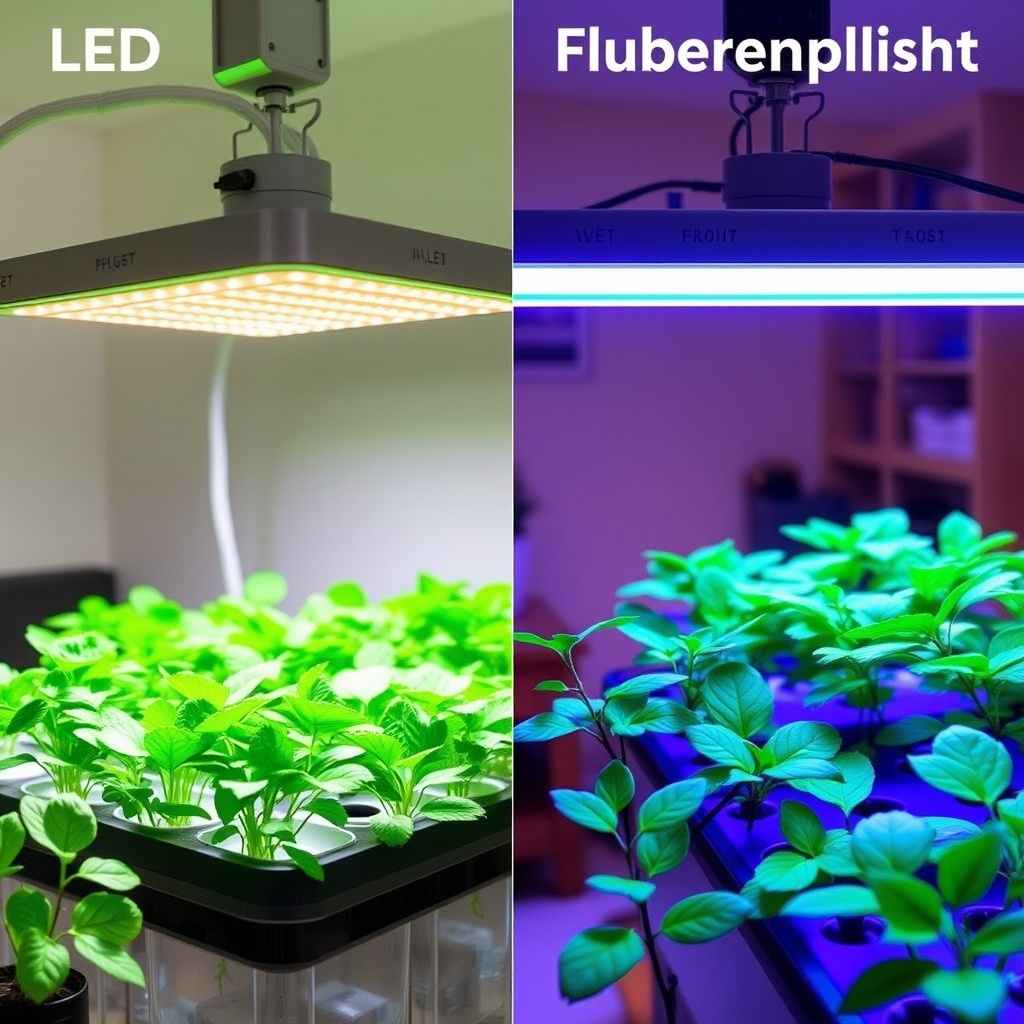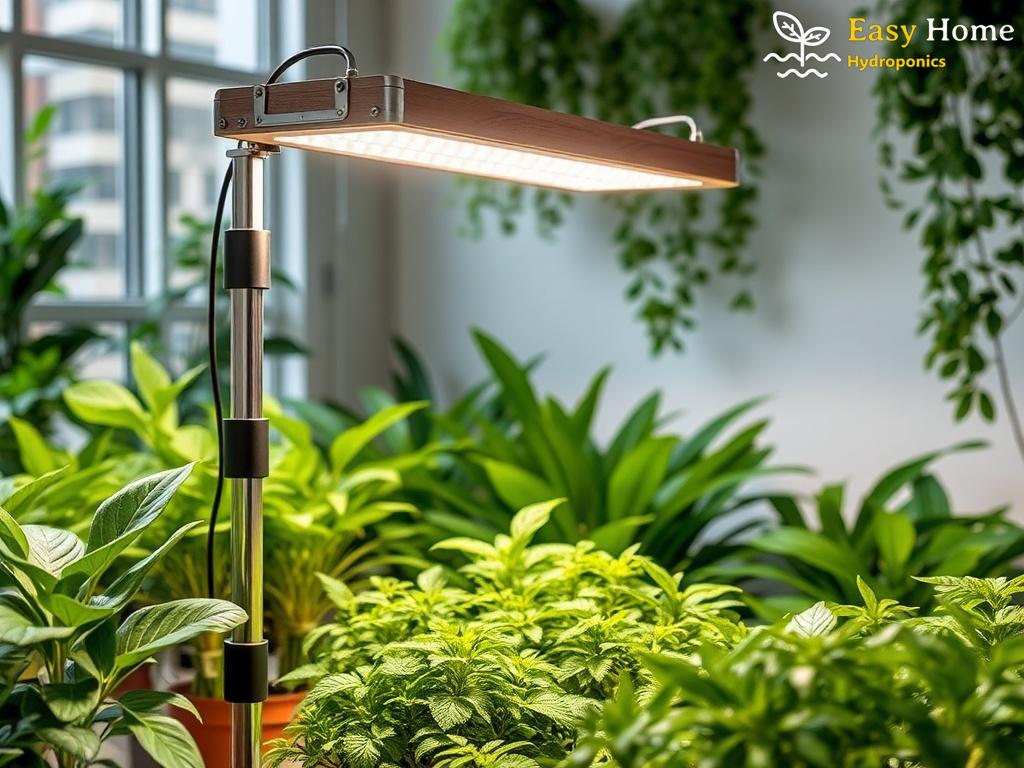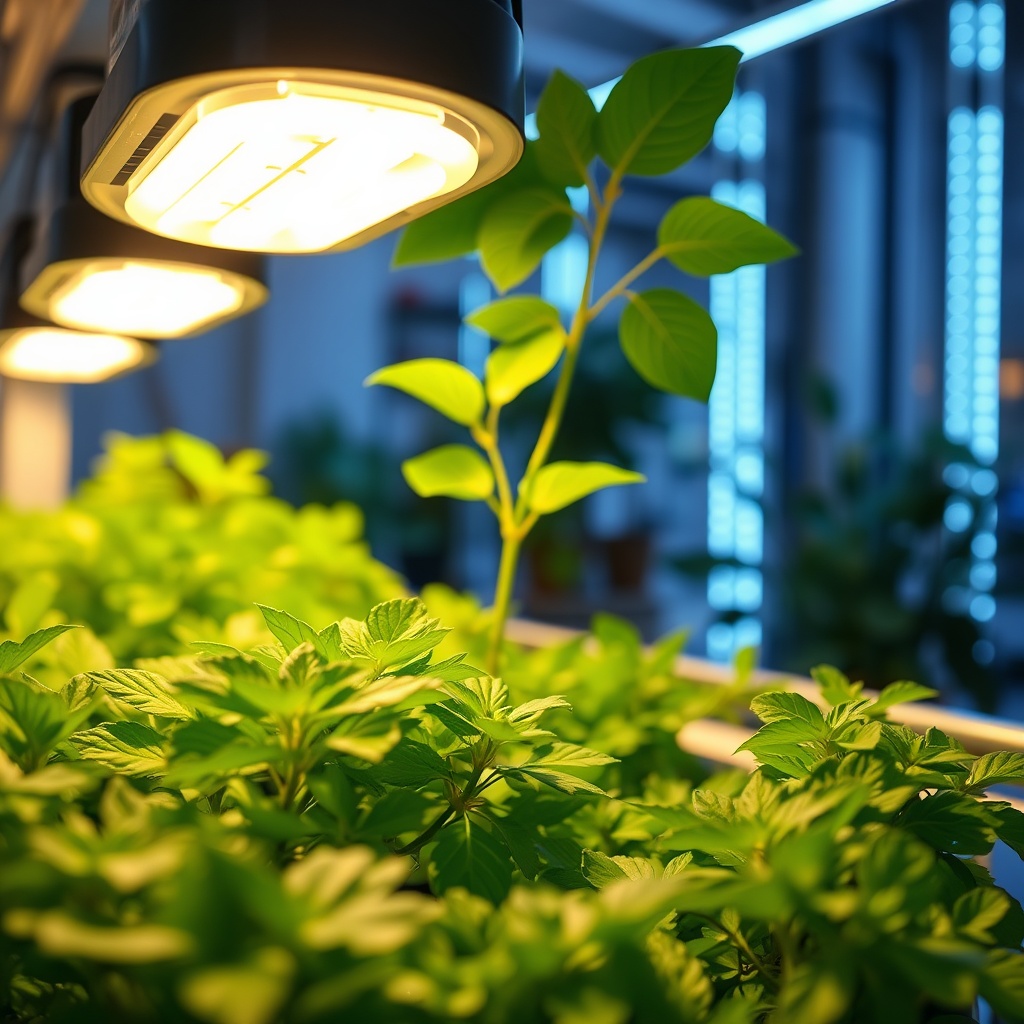The Science Behind Light Reflection
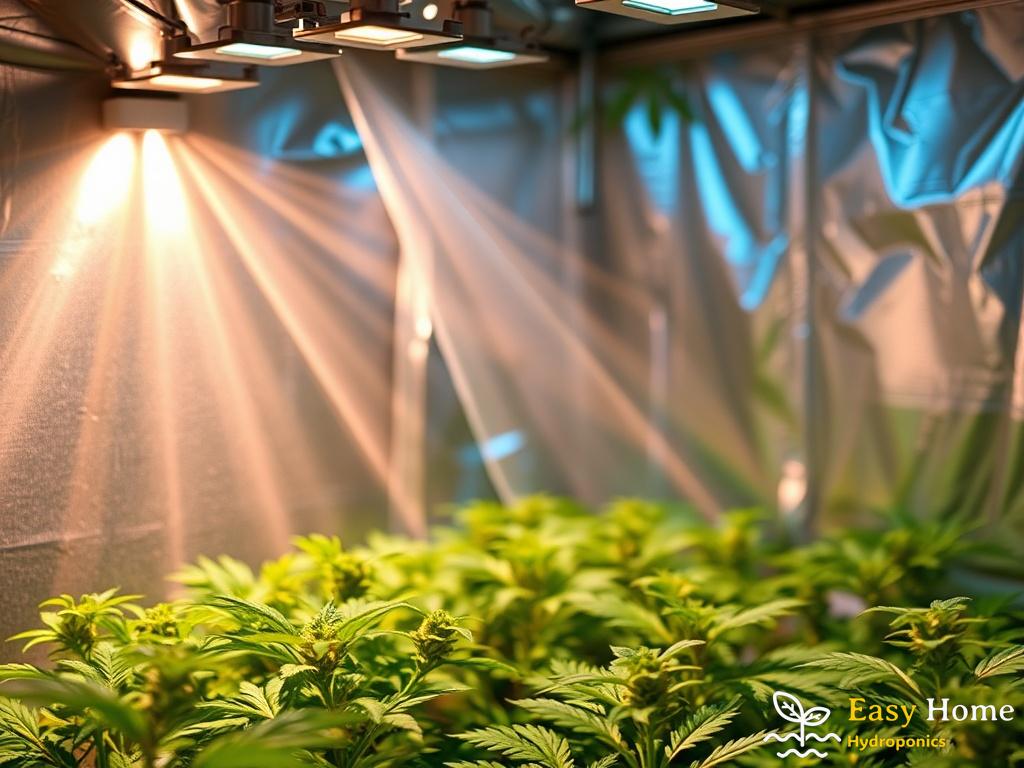
Plants, the green powerhouses of our planet, depend heavily on light for photosynthesis, the process through which they convert light energy into chemical energy. In indoor gardening, particularly in grow tents, creating an optimal light environment is crucial for plant health and productivity. Understanding the principles of light reflection can help gardeners maximize their yield while minimizing energy consumption.
Light reflection is not just a simple bounce; it involves various properties that can significantly impact how effectively light is utilized in a grow tent. Different surfaces reflect light differently, which means the materials you choose can make a world of difference in how your plants thrive.
| Material | Reflectivity (%) | Best Use |
|---|---|---|
| Mylar | 90-95 | High-efficiency grow tents |
| Flat White Paint | 80-90 | Cost-effective solution |
| Polished Aluminum | 85-90 | Durable and effective |
| Black Surface | 5-10 | Not recommended for reflection |
To truly harness the power of light reflection, you must consider several factors that contribute to an efficient grow tent setup. By optimizing these elements, you can enhance plant growth while reducing energy costs.
- Choose the Right Reflective Material: Select high-reflectivity materials such as Mylar or flat white paint to line your grow tent.
- Optimize Light Placement: Position your grow lights strategically to minimize shadows and maximize coverage.
- Regular Maintenance: Keep reflective surfaces clean to ensure maximum light is bounced back to your plants.
- Use Light-Moving Technology: Consider adjustable light systems that follow the sun’s path for optimal exposure.
By understanding and implementing these strategies, you can create a grow tent environment that not only boosts plant health but also promotes sustainable gardening practices.
Choosing the Right Reflective Materials
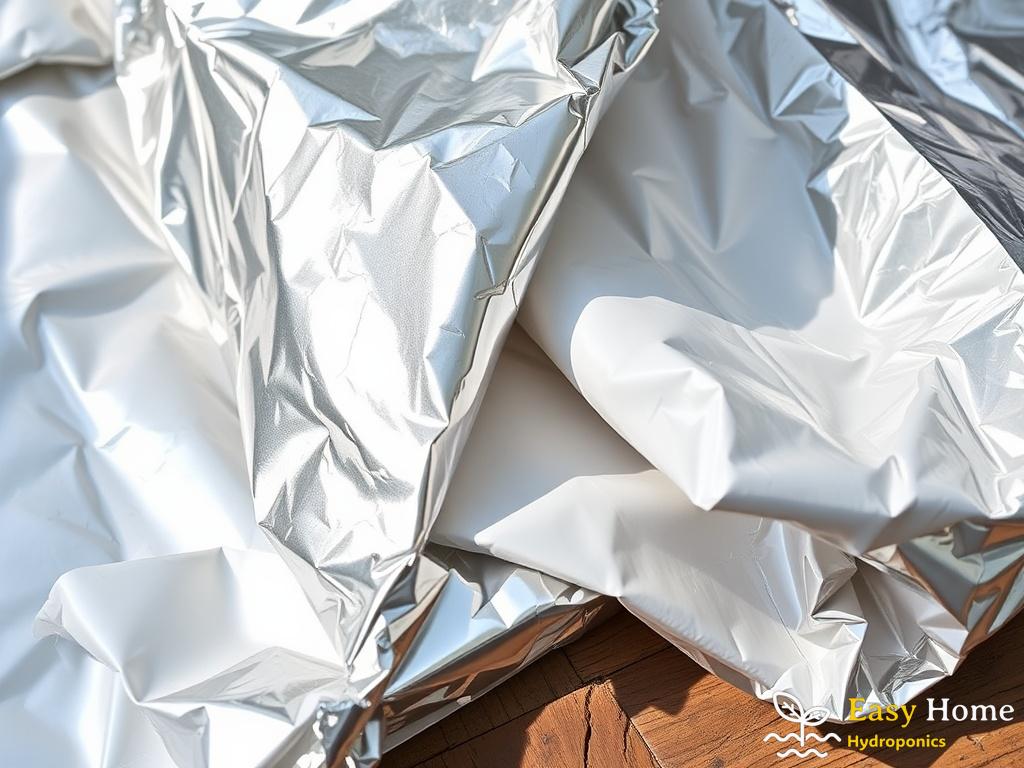
When it comes to cultivating plants in a grow tent, the choice of reflective materials plays a pivotal role in achieving a thriving environment. The right materials can significantly enhance the efficiency of light utilization, which directly impacts plant health and productivity. In the competitive world of indoor gardening, understanding the importance of these materials can give you the edge in creating a lush and vibrant garden.
Reflective materials are not all created equal. For instance, Mylar has become a favorite among indoor gardeners due to its exceptional reflectivity, often ranging from 90% to 95%. This high level of reflectivity means that virtually all the light emitted from your grow lights is utilized, ensuring that your plants receive the maximum amount of energy they need for photosynthesis. However, Mylar isn’t the only option available. Flat white paint, with its 80% to 90% reflectivity, offers a cost-effective alternative that can still provide impressive results. This paint not only reflects light but also distributes it more evenly across the grow space.
On the other end of the spectrum, materials like polished aluminum can serve as a durable choice with a reflectivity of around 85% to 90%. It is particularly effective in spaces where longevity and robustness are needed. However, it’s crucial to consider that using black surfaces, which reflect only about 5% to 10% of light, can severely hinder plant growth. This is a critical mistake that many novice growers make, leading to wasted energy and poor plant performance. Choosing the right materials is not just about reflectivity; it’s also about understanding how these materials interact with your specific growing conditions.
Another aspect to consider is the installation and maintenance of these materials. Ensuring that reflective surfaces are clean and free from dust and debris is essential for maintaining their efficiency. Regularly inspecting and cleaning your reflective materials can significantly enhance their performance. Moreover, innovative gardeners are now exploring the use of light-moving technologies that adapt to the sun’s path, further maximizing the potential of your chosen reflective materials. By incorporating these strategies, you can create an optimal environment where your plants not only survive but thrive.
Optimizing Light Placement for Maximum Yield
When it comes to indoor gardening, the way you position your lights can have a profound impact on the health and productivity of your plants. It’s not merely about having the best reflective materials in your grow tent; it’s equally crucial to ensure that the light emitted reaches every corner effectively. By examining the dynamics of light placement, you can create an environment that fosters growth, enhances yields, and minimizes energy wastage.
Strategic Lighting Arrangement plays a vital role in maximizing light efficiency. When you arrange your grow lights, consider the height and angle of each fixture. Lights that are too high may leave certain areas shadowed, while those placed too low can cause overheating and stress on your plants. Aiming for a balanced height—typically around 12 to 24 inches above the plant canopy—ensures that all plants receive adequate light without compromising their health. Additionally, utilizing adjustable light fixtures can allow for easy modifications as your plants grow, providing them with the optimal light exposure they need at every stage of their development.
Another critical factor is light spectrum and positioning. Different stages of plant growth—seedling, vegetative, and flowering—demand varying light wavelengths. For instance, blue light is essential during the vegetative phase, while red light promotes flowering. By positioning your grow lights to deliver the appropriate spectrum at the right time, you can mimic natural conditions and encourage robust growth. Furthermore, using reflectors or light shields can help direct light towards the plants rather than allowing it to escape into the grow tent’s corners.
Lastly, consider the arrangement of your plants within the grow tent. Placing taller plants at the back and shorter ones in front can facilitate better light distribution. This layering effect allows each plant to receive its fair share of light, enhancing overall yield. Additionally, rotating your plants periodically can prevent any one section from becoming overly shaded and ensures that all leaves receive sufficient light exposure. By optimizing both light placement and plant arrangement, you can cultivate a thriving indoor garden that not only flourishes but also makes the most of your energy investments.
Common Mistakes in Light Setup
In the pursuit of creating the perfect indoor garden, many growers often overlook the intricacies of light setup. While selecting high-quality reflective materials and optimizing light placement are vital steps, there are common pitfalls that can significantly reduce the effectiveness of your efforts. Recognizing these mistakes can not only save you time and resources but also lead to a flourishing garden that thrives under optimal conditions.
Many novice gardeners focus primarily on the intensity and placement of their grow lights, but the light spectrum is equally crucial. Each stage of plant growth requires a specific spectrum of light to thrive. For example, blue light is essential during the vegetative phase, while red light becomes vital during flowering. Failing to adjust the light spectrum according to the growth stage can lead to stunted development and poor yields. Growers should invest in full-spectrum LED lights or utilize filters to ensure that their plants receive the appropriate wavelengths at the right time.
Another common mistake is insufficient light distribution. Even with the best reflective materials, if the lights are not positioned correctly, shadows can compromise the growth of certain plants. Placing lights too high might leave some areas under-illuminated, while overly low fixtures can cause overheating. It’s essential to find a balance, typically maintaining a distance of 12 to 24 inches above the plant canopy. Additionally, incorporating adjustable fixtures can help accommodate the plants’ growth over time, ensuring that every leaf receives adequate light exposure.
Lastly, many indoor gardeners fail to recognize the significance of maintaining reflective surfaces. Dust and debris can accumulate on reflective materials, drastically reducing their efficiency. Regular cleaning of surfaces such as Mylar or polished aluminum is vital to ensure that light is maximized. A simple routine of inspection and maintenance can significantly enhance overall performance, allowing your plants to benefit from every ounce of light available. By addressing these common mistakes in light setup, you can transform your grow tent into an efficient and productive environment, paving the way for a bountiful harvest.
Measuring Efficiency: Tools and Techniques
Understanding how to measure the efficiency of light reflection in your grow tent can be a game-changer for indoor gardeners seeking to optimize their yields. With the right tools and techniques, you can accurately assess how effectively your reflective materials are working, ensuring that every photon counts. This not only enhances plant growth but also promotes energy efficiency, leading to a more sustainable gardening practice.
One of the most essential tools in your arsenal is a light meter, which allows you to quantify the amount of light reaching your plants. These devices come in various types, including quantum sensors and lux meters, each offering unique insights into your grow environment. By taking measurements at different points within your grow tent, you can identify areas receiving inadequate light and adjust your setup accordingly. Not only does this provide a clear picture of your light distribution, but it also enables you to make informed decisions regarding the placement and type of grow lights to use.
While high-tech tools are invaluable, some straightforward techniques can also help you gauge the effectiveness of your reflective materials. A simple yet effective method is the paper test: place a sheet of white paper on various sections of your grow tent and observe how much light bounces back. This can give you a quick assessment of light distribution and reflective efficiency. Additionally, you can utilize photographic methods by capturing images of your plants under different lighting conditions and evaluating how well light is spread across the canopy.
Moreover, regular monitoring of your plants’ response to light can provide valuable feedback on the effectiveness of your setup. Observing growth patterns, leaf color, and overall health can indicate whether your light reflection strategy is hitting the mark. Keeping a garden journal to log these observations can help you spot trends and make necessary adjustments over time.
Incorporating these tools and techniques into your gardening routine can significantly enhance your understanding of light reflection efficiency in your grow tent. By measuring and adjusting based on accurate data, you not only streamline your gardening efforts but also create a thriving environment for your plants to flourish.

